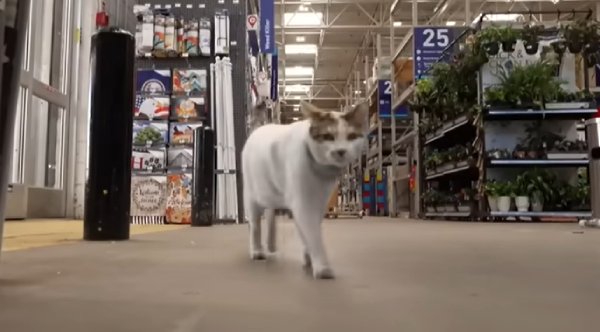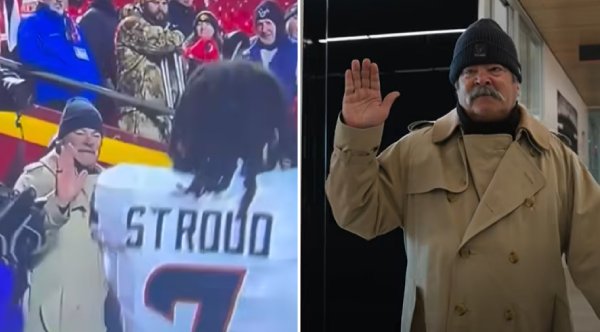An Earthquake Rattled His Store. Then He Noticed What The Sand Pendulum Created
September 21, 2016
When a magnitude 6.8 earthquake shook Olympia, Washington, in 2001, shop owner Jason Ward discovered that a sand-tracing pendulum had recorded the vibrations in the image below.

Credit: Jason Ward
For anyone wondering, this is how a sand pendulum works:
Ward says the rose-like shape was formed by the trembling pendulum during the 45 seconds the quake shook the Pacific Northwest.

Credit: Jason Ward
You can see two distinct pendulum motions here that relate to the type of seismic wave and their timing. The primary wave, or P wave, occurs first and is a short, vertical (up and down) movement. This is marked in the sand by the diamond shaped pattern in the background. Then there is pause (depending on how far you are from epicenter), giving the pendulum time to get back towards center. Then the secondary wave, or S wave, hits. The S wave is a more varied in its movements and last for a much longer time. This is the worm nest looking thing in the middle that has overwritten the center of the P wave pattern.
Click Here For The Most Popular On Sunny Skyz
 Boy With Down Syndrome Nails The Whitney Houston Challenge, And The Crowd Goes Wild
Boy With Down Syndrome Nails The Whitney Houston Challenge, And The Crowd Goes Wild
 Husband Rents Mall Store To Share His Late Wife's Beloved Christmas Display
Husband Rents Mall Store To Share His Late Wife's Beloved Christmas Display
 The ŌĆśGrandma StandŌĆÖ Is Bringing Comfort And Connection, One Conversation At A Time
The ŌĆśGrandma StandŌĆÖ Is Bringing Comfort And Connection, One Conversation At A Time
 LoweŌĆÖs Staff Refuse To Give Up On Missing Cat, Find Her 85 Miles Away
LoweŌĆÖs Staff Refuse To Give Up On Missing Cat, Find Her 85 Miles Away
 This Priest Secretly Became A Masked Wrestler To Fund An Orphanage
This Priest Secretly Became A Masked Wrestler To Fund An Orphanage
 The Funniest Wildlife Photos Of 2025 Are Here ŌĆö And TheyŌĆÖre Hilarious
The Funniest Wildlife Photos Of 2025 Are Here ŌĆö And TheyŌĆÖre Hilarious
 Texans Owner Gets Left Hanging On Live TV ŌĆö What The Media Team Did Next Is Hilarious
Texans Owner Gets Left Hanging On Live TV ŌĆö What The Media Team Did Next Is Hilarious
 After 2 Years Apart, Siblings In Foster Care Are Finally Reunited
After 2 Years Apart, Siblings In Foster Care Are Finally Reunited
 Dad Jokes With Tom Hardy And His Dad
Dad Jokes With Tom Hardy And His Dad
 The Hug That Went Viral On Facebook
The Hug That Went Viral On Facebook
 Meet Inigo Montoya: The Rescue Rooster Who Loves Riding On Heads
Meet Inigo Montoya: The Rescue Rooster Who Loves Riding On Heads
